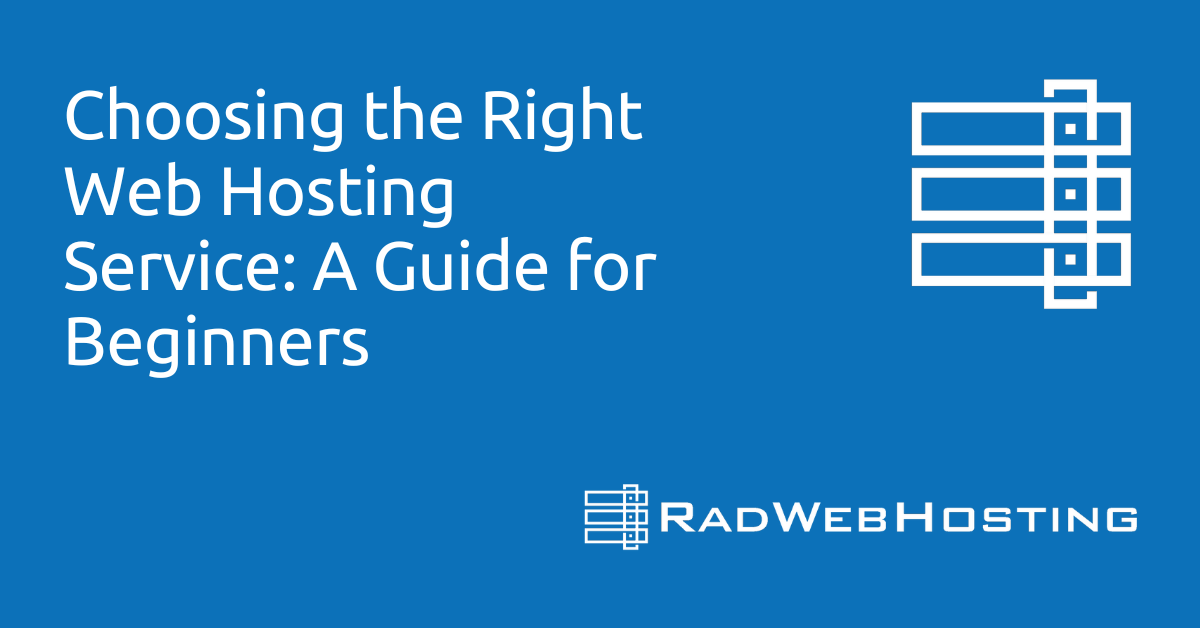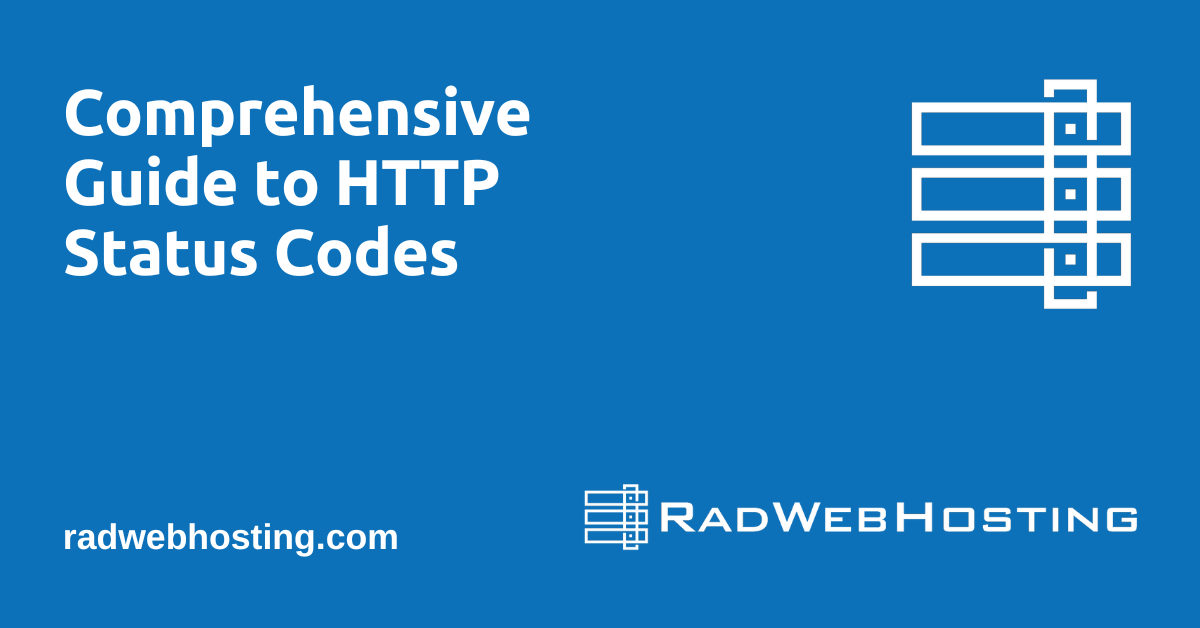This article provides a guide for how to optimize MySQL database performance. MySQL database performance can have a dramatic effect on user engagement. Optimizing resources allows your applications to adapt with data growth while meeting user demand quickly while maintaining high query speeds.
How to Optimize MySQL Database Performance
Optimizing SQL queries and indexes are key to speeding up query execution times. In addition, consider compressing data storage by compressing disk drives or optimizing tables regularly to prevent database fragmentation.
Query Optimization
Optimizing resource-intensive queries and configurations can ease the burden on the database, increasing user satisfaction and engagement while decreasing hardware requirements to meet increasing data needs, potentially saving on infrastructure costs.
Understanding how MySQL executes queries is the first step to optimizing them, then tuning becomes a matter of observing fundamental principles and eliminating steps which aren’t essential.
An optimizer first uses statistics such as table and index size, cardinality and key distribution to interpret a query into an executable plan that describes operations to be undertaken to return a result set from tables in a query. This plan then estimates how much work it will require to fulfill those operations successfully.
Next, the optimizer tries to find an efficient way to execute your query with available resources. This may involve adding hints or rewriting it entirely; altering application code; or creating indexes – creating alternative solutions so you can obtain results without overwhelming MySQL with too many queries. The goal here is creating alternative ways of accessing its results without overburdening its database infrastructure.
Rewriting queries to avoid SELECT * may not work in all applications; however, common optimization strategies do, including reducing JOINs in queries and using appropriate indexes – for instance a join between two tables with identical columns and using LIMIT clauses on one can save on full table scans.
Another strategy is to use the LIMIT and WHERE clauses together in a query to reduce the number of rows returned, thus decreasing server-side I/O requirements and I/O capacity constraints. You may also wish to utilize OPTIMIZE TABLE for this task and add indexes.
Periodically run EXPLAIN ANALYSE to gain insight into how well your database is performing. The results provide cost estimates of different parts of a query that do not rely on historical data; if there is a significant variance between EXPLAIN’s results and actual performance, reconsider restructuring or run OPTIMIZE TABLE on that table to optimize it further.
Indexes
An effectively indexed table can significantly accelerate SELECT queries. But be wary of creating too many indexes, as too much fragmentation of your database disk can hinder performance and compromise query speed. Achieve balance by creating as few or many indexes as necessary while keeping in mind they take up space on disk.
MySQL supports multiple types of indexes, including B-tree, BIT, FULLTEXT and hash indexes. Which index type you choose will depend on how your application accesses data; to select an index type to create, examine your WHERE clause queries to identify what columns are searched; create indexes on those columns subsequently.
Consider also the cardinality of columns; if one of your columns has an overwhelming cardinality, using a composite index would allow for easier index reading.
Make the primary key a part of all key queries in your application to help the query engine locate data more quickly and reuse its index for these future requests.
Furthermore, increase the size of table_open_cache and table_definition_cache on your MySQL server to decrease how often tables need to be opened in memory – this will ultimately lower overall CPU usage.
When using EXPLAIN statement, pay careful consideration to both rows and possible_keys columns. Rows indicates how many rows will be searched for while possible_keys indicates which indices could be used in this query. For instance, when running an ORDER BY query with two columns having equal cardinality it would be beneficial to use covering indexes for these columns so the query engine only needs to read prefix of usable indexes to locate rows required – this not only speeds up query execution time but can help reduce disk storage needs as well. You can use FORCE INDEX hint to force query optimizer to create covering indexes on certain columns which not only speed up queries while also helping reduce disk storage space usage costs significantly
Hardware Optimization
Hardware plays an integral role when it comes to optimizing MySQL database performance, with optimized hardware able to increase performance by decreasing resource usage and improving disk input/output. Tuning can often be an efficient and cost-effective method for increasing MySQL performance.
MySQL databases may become slow and unresponsive due to any number of reasons, from minor configuration issues or workload issues, through to deeper problems requiring deep technical expertise. One effective approach for troubleshooting these issues is performing accurate baselines and workload profiling to isolate their source – which can reveal where performance bottlenecks exist, before applying MySQL optimization best practices as solutions.
Caching at the application level reduces query execution times by temporarily storing frequently executed queries in memory. Rewriting of queries to eliminate redundant calculations and utilize efficient joins is another method to speed up query execution times. Sharding can help reduce database storage size while improving query execution times based on your data’s size and scale.
Memory Optimization – Optimizing RAM can significantly increase performance of a server, and using SSDs or RAID configurations for high I/O performance will greatly enhance query execution times.
Setting Innodb_buffer_pool_size to a larger value allows more data to be stored in memory, thereby increasing database performance. You can do this by visiting your server configuration area and changing this setting accordingly.
IO_capacity – This variable represents how quickly storage devices can read and write data to and from the database. An increase in this value may improve performance; however, be sure to have enough memory available to run other system resources.
Table and Index Optimization – Optimizing database performance through running either “repair table” or “optimize table” can improve database performance by freeing up unnecessary space from tables and indexes. You can do this easily in phpMyAdmin by selecting appropriate options from drop-down menus; alternatively you could setup a cron job to automatically optimize or repair tables as necessary.
An enterprise-grade MySQL optimization software solution like DPA can automate these tasks and offer unparalleled insight into your MySQL performance trends. DPA tracks your database 24/7, collecting and analyzing performance data both historically and real-time; its customizable alerts keep you up-to-date while offering detailed, actionable insight when an issue arises.
Maintenance
Hardware and software optimization alone cannot improve database performance; maintenance plays an equally essential role. This involves organizing table and index data to maximize storage efficiency, eliminating duplicate rows, applying best practices for SQL query execution, optimizing innodb buffer pool performance and query cache management, as well as ensuring optimal input/output rate of disk subsystem (for instance by swapping out traditional hard drives with solid state drives) to improve disk I/O.
Monitoring key server metrics can also help identify potential bottlenecks. If CPU utilization remains consistently high, that could indicate that your server is struggling under an overwhelming processing load; while memory usage could point out areas in need of optimization such as inadequate RAM allocation or ineffective queries. It may be worth upgrading the server in such instances.
Optimizing MySQL can drastically boost performance, leading to quicker query response times and enhanced responsiveness for users of your application or website. By making adjustments and following best practices for configuration settings and best practices on your server, you can maximize resource use while giving customers an exceptional experience.
There are various hardware and software MySQL database performance tuning solutions available, but for optimal results the best approach is making gradual changes and closely monitoring performance after each modification – this allows you to assess its effect and whether it works as intended.
Begin by determining how much memory your database requires to run effectively, before adjusting innodb_buffer_pool_size and query_cache_size variables according to system requirements.
Next, be sure to optimize disk subsystem performance with SSDs or RAID and ensure I/O rates are monitored using tools like iotop or sar from sysstat package tools like I/O Monitor; optimize MySQL further by reorganizing tables, indexes and duplicate rows are removed while also employing best practices for SQL query execution for optimum performance and users will experience fast, responsive experiences while applications and websites continue operating efficiently.
With these tips in mind you should have no trouble in improving MySQL performance and making applications and websites running more smoothly!







